Cider, this sparkling and refreshing drink, is one of the most emblematic products of the gastronomic culture of many regions of the world. Made from the fermentation of apple juice, cider has a long history and a manufacturing tradition that goes back centuries. In this article, we'll explore the traditional cider-making process, highlighting the key steps that transform apples into a delicious drink.
The selection of apples:
The first step in making cider is the selection of apples. Different varieties of apples are used, each bringing its own flavors and characteristics. Cider apples are generally harvested when ripe, often in the fall, when their sugar content is optimal. Experienced producers know how to combine different varieties to obtain a subtle balance between acidity, sweetness and bitterness in apple juice.
Pressing the apples:
Once the apples are harvested, they are washed thoroughly to remove any dirt and impurities. Then the apples are crushed to obtain a paste called "pomace". Traditionally, apple was pressed using a screw press or hydraulic press, but today mechanical presses are often used to extract apple juice. The juice obtained is then collected in clean containers.
Fermentation :
The freshly squeezed apple juice is then transferred to fermentation tanks. To enable fermentation, natural yeasts present on the skin of apples or added intentionally are responsible for transforming the sugars in apple juice into alcohol. Fermentation can last from a few weeks to several months, depending on the type of cider desired. Some ciders are dry fermented, while others may be slightly sweet.
Ripening :
After fermentation, the cider is left to mature. This step allows flavors to develop and natural carbonation to form. Cider is usually stored in wooden or stainless steel barrels for several months or even years to reach its full aromatic potential.
Bottling:
Once maturation is complete, the cider is ready to be bottled. It is filtered to remove residual impurities and possibly clarified. Some producers choose to pasteurize the cider to extend its shelf life, while others prefer a more artisanal approach by leaving the cider unpasteurized to retain all of its complexity and natural flavors. The bottles are then carefully sealed and labeled.




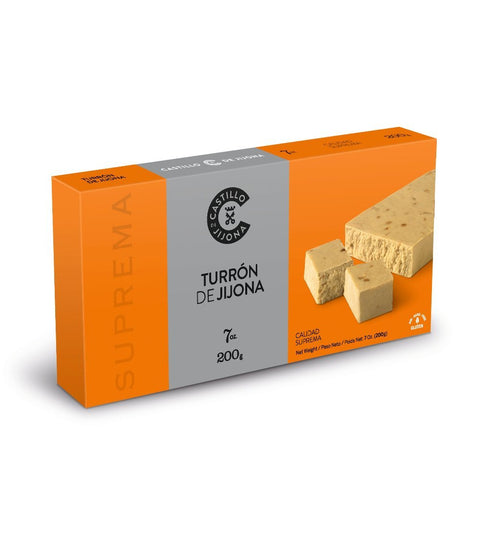
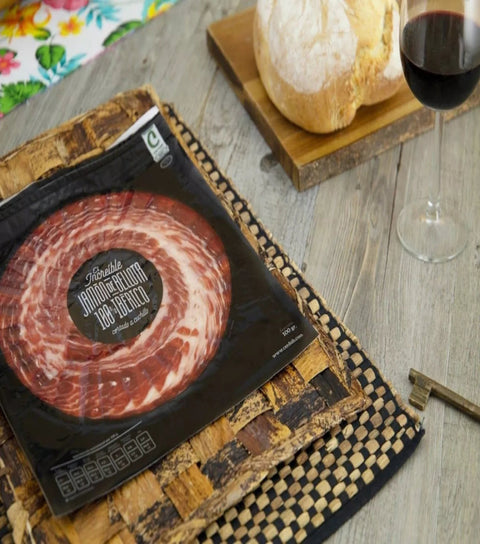

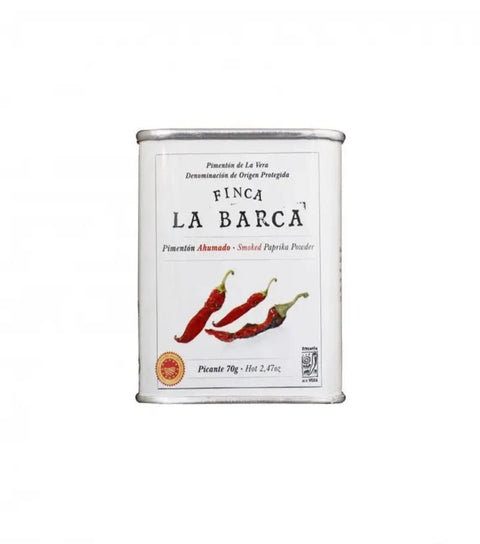
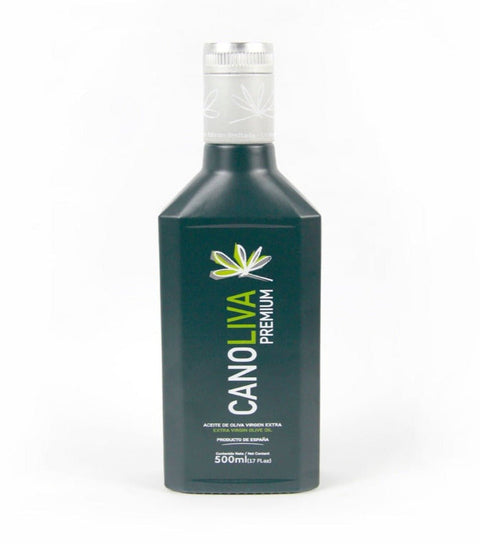
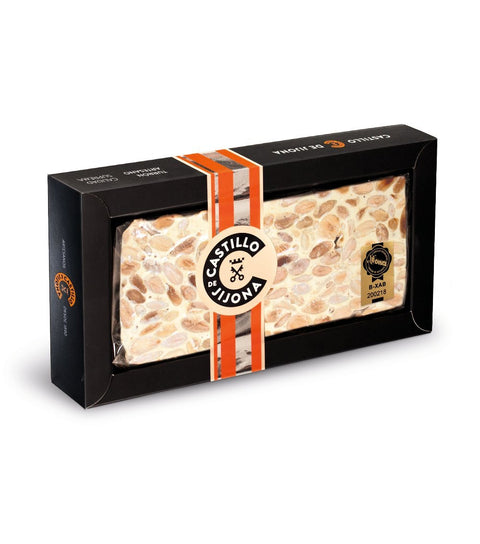
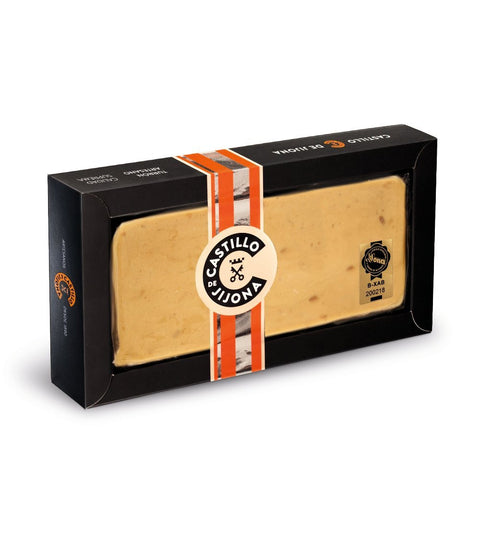
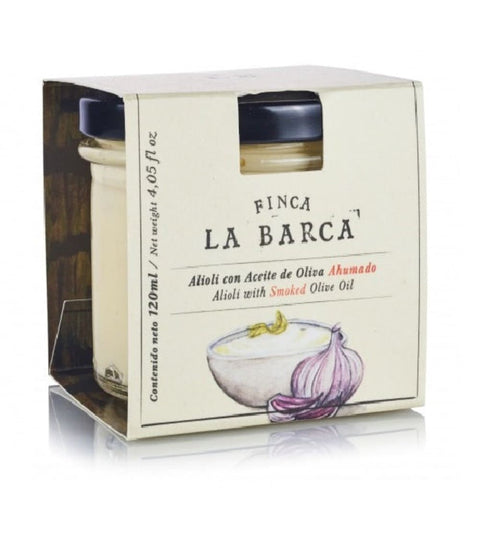
Comments (0)
There are no comments for this article. Be the first one to leave a message!